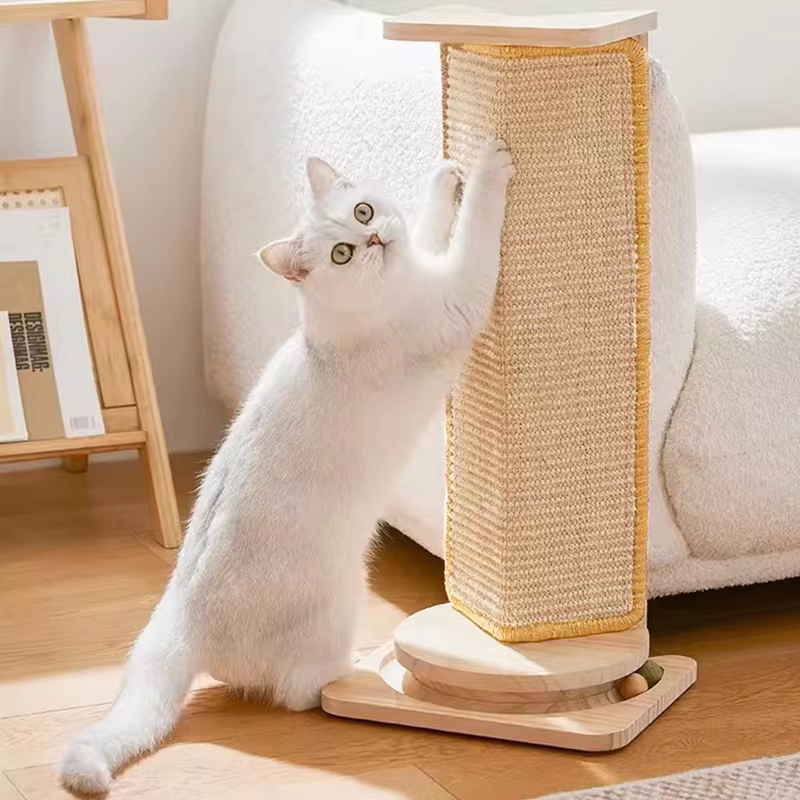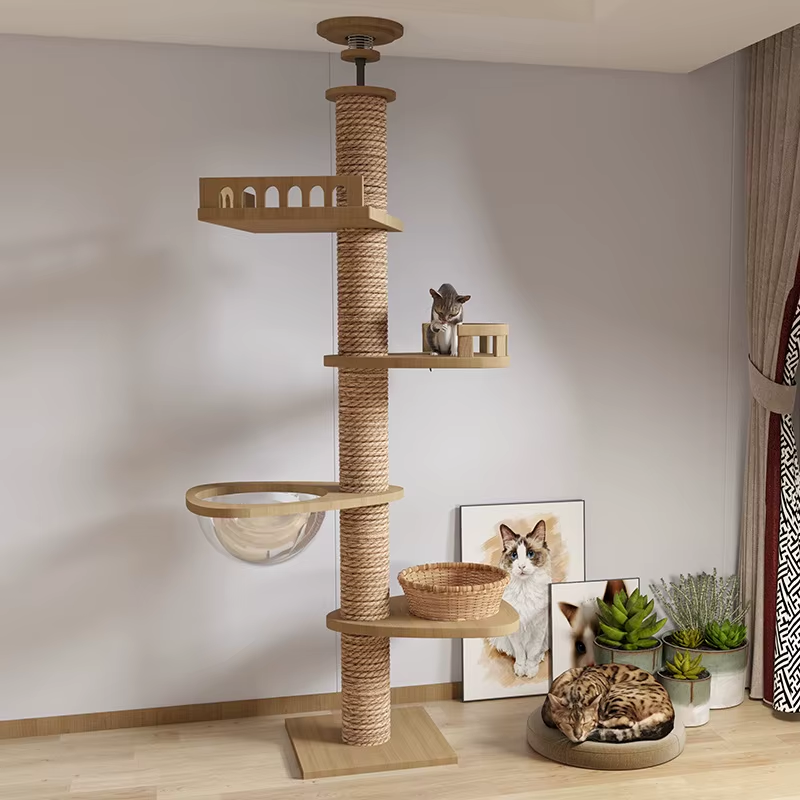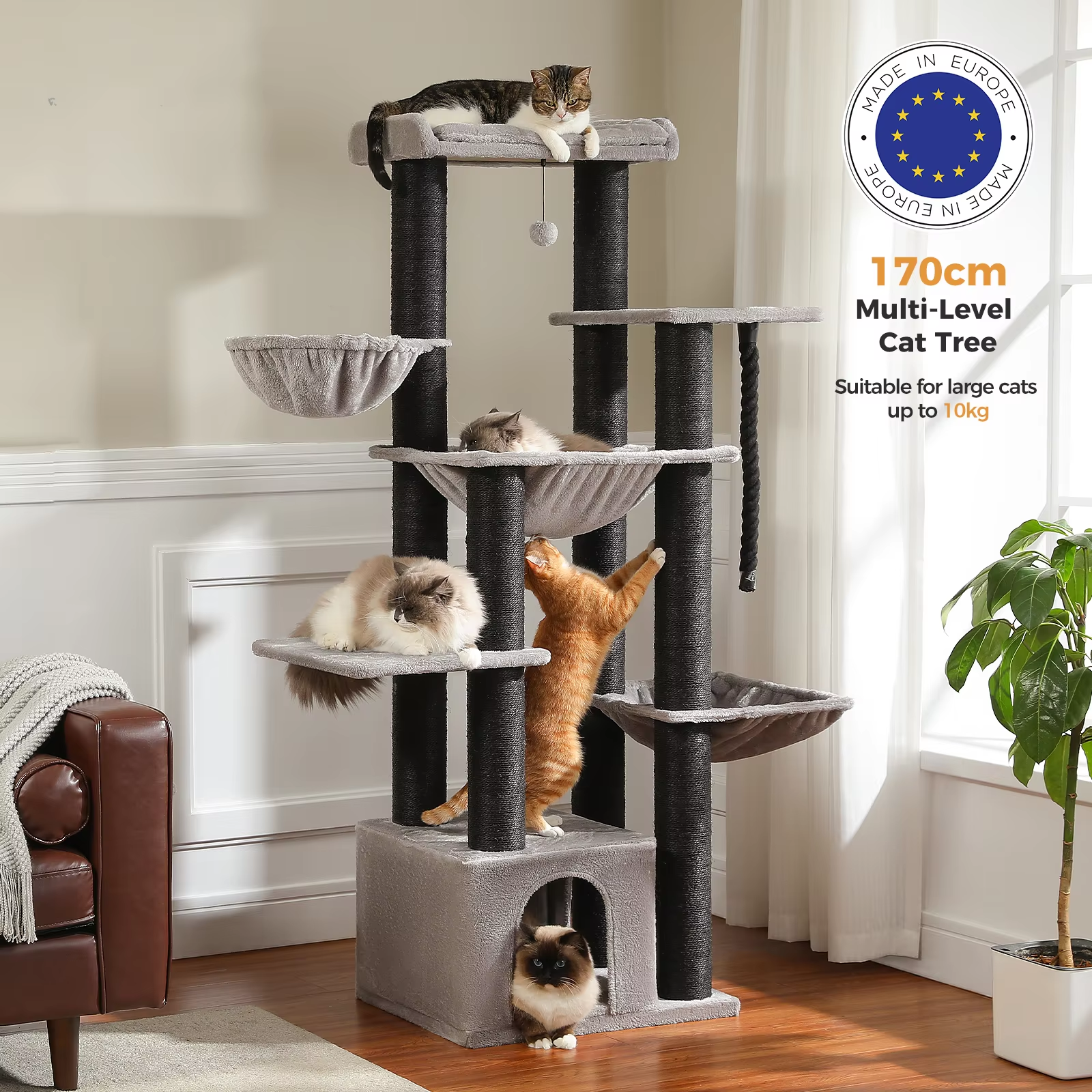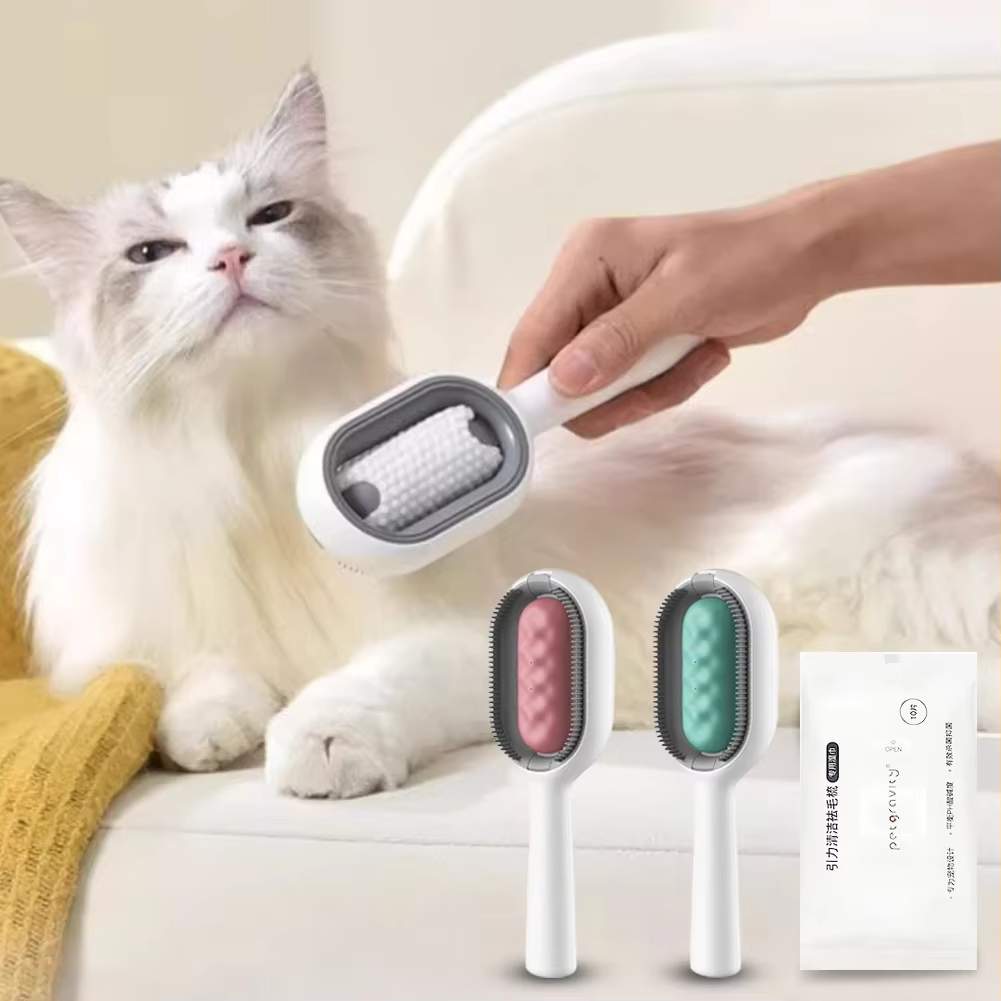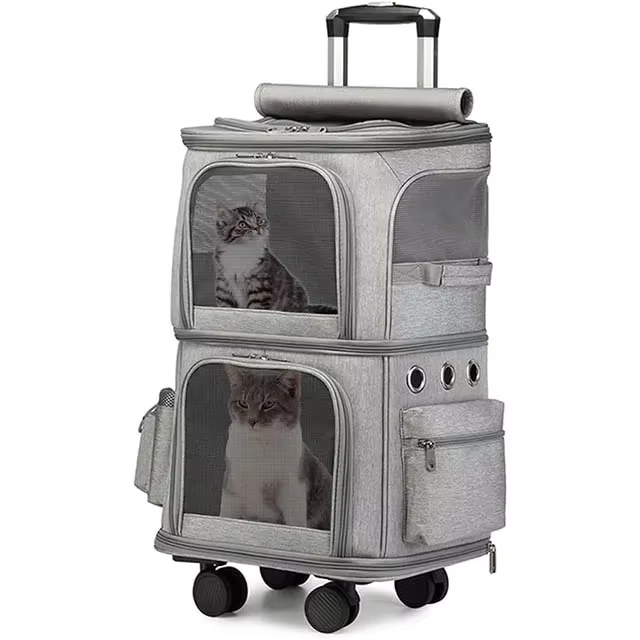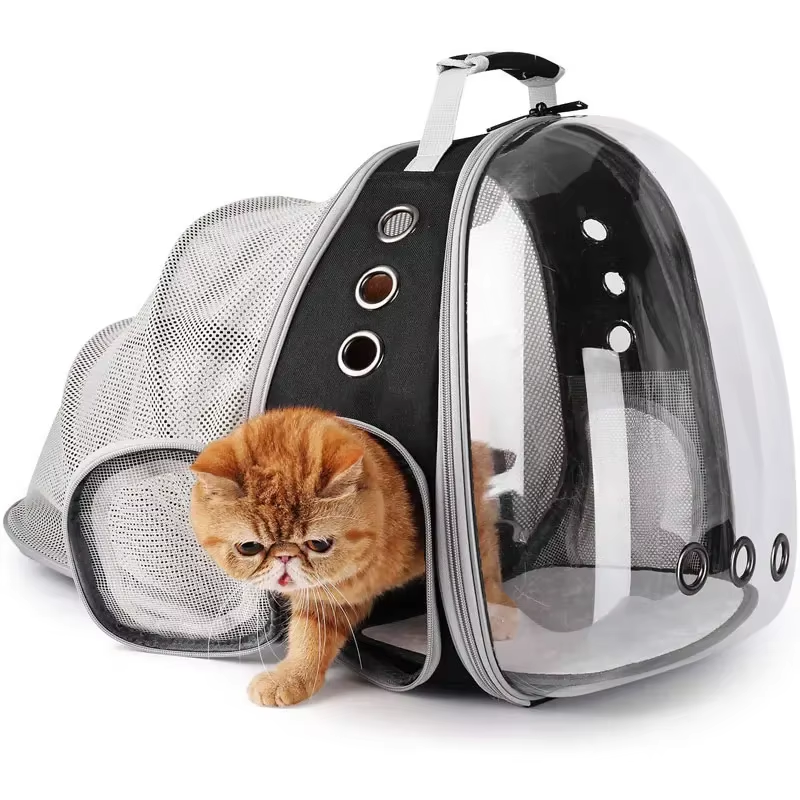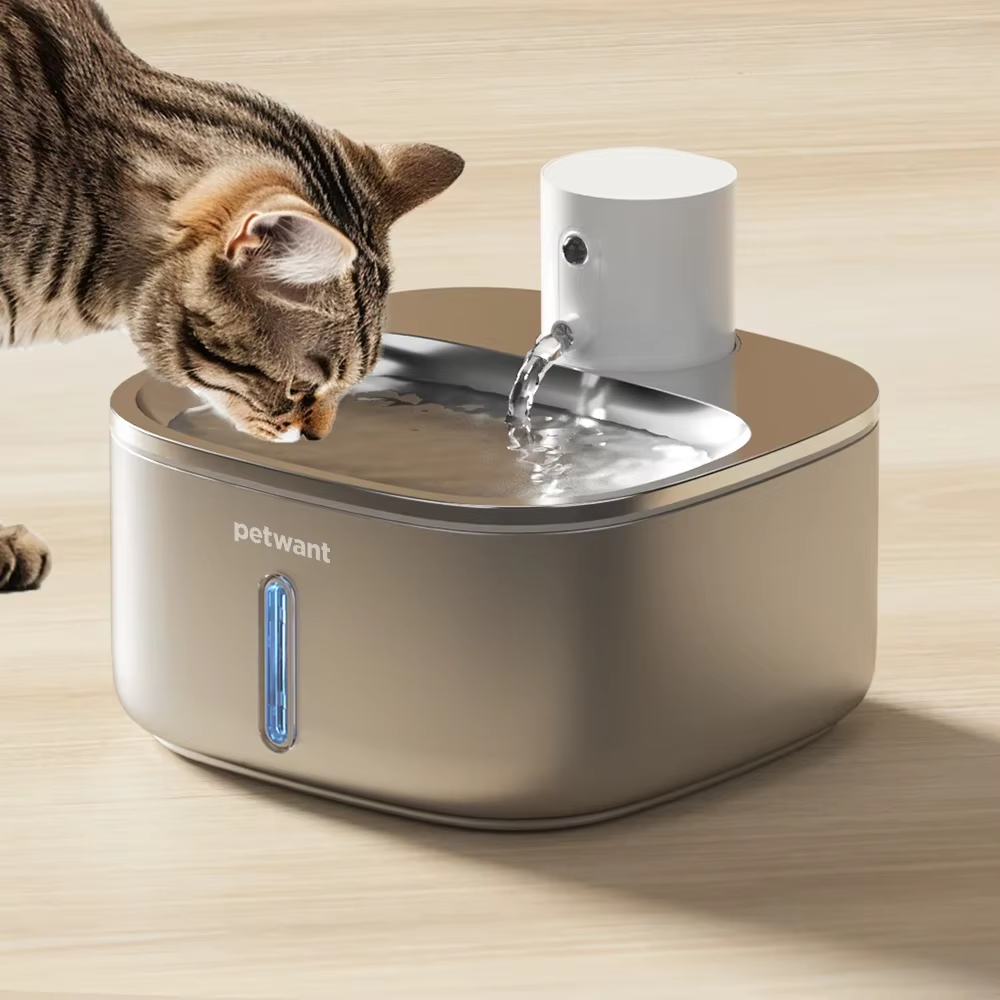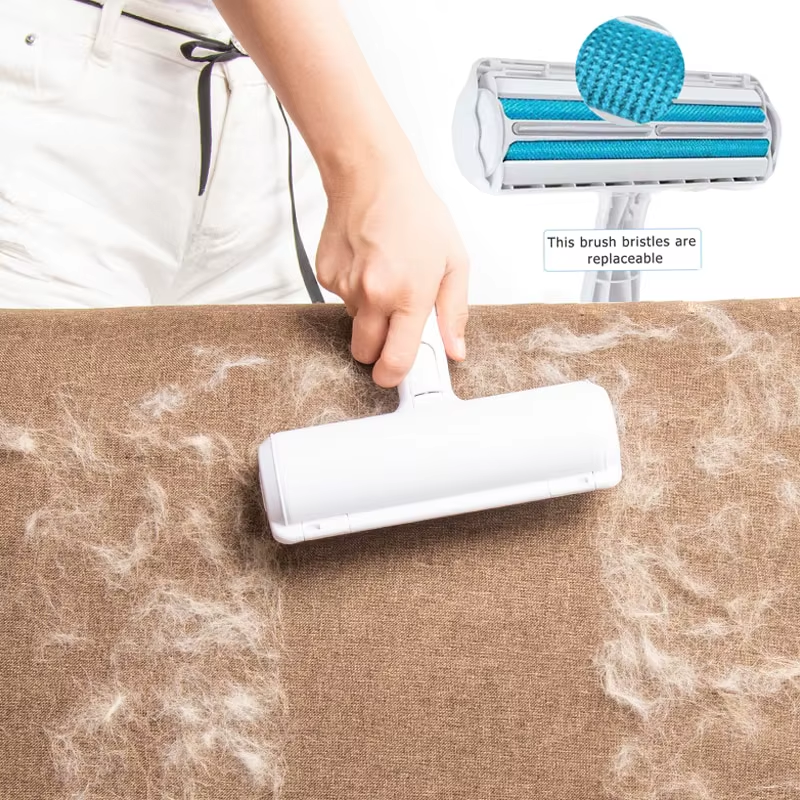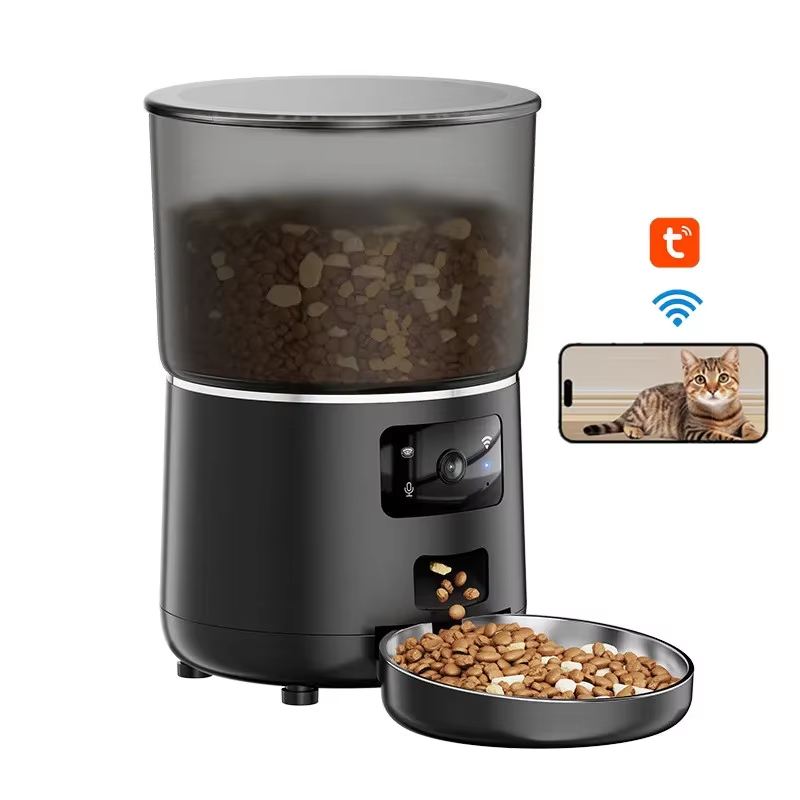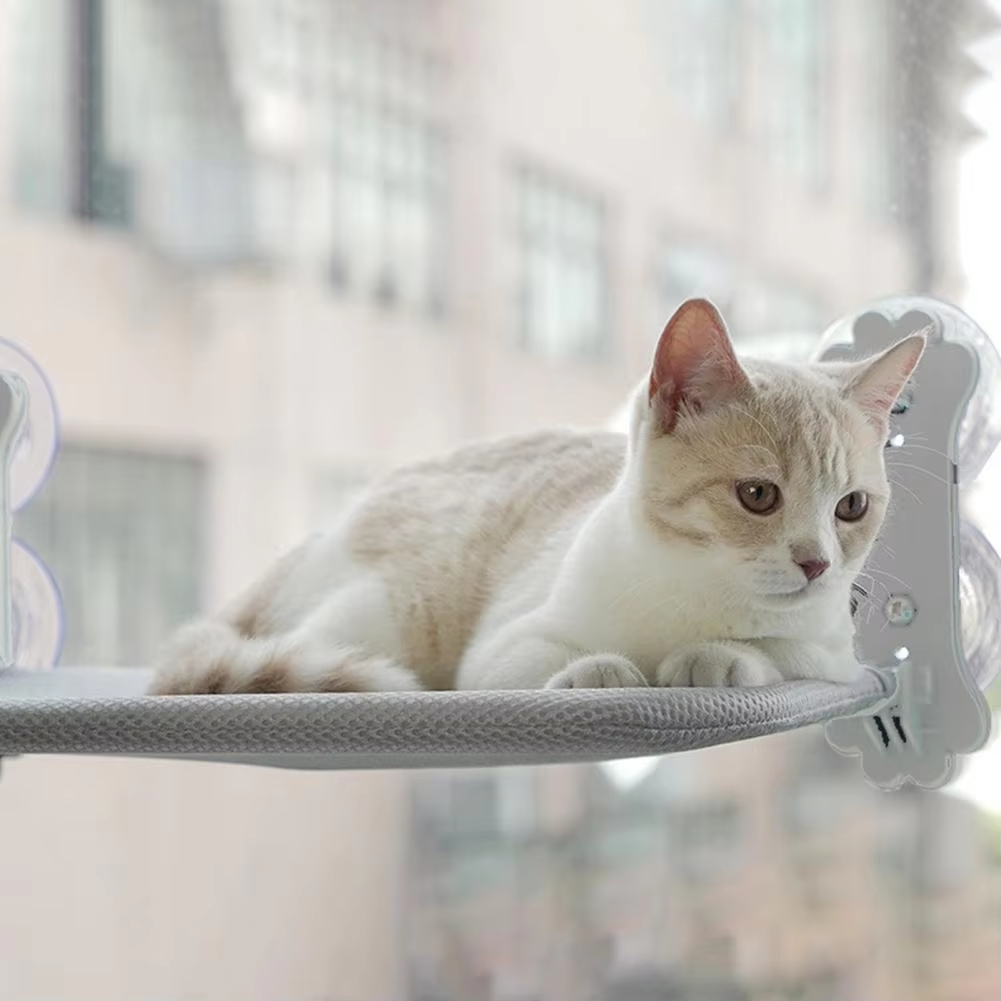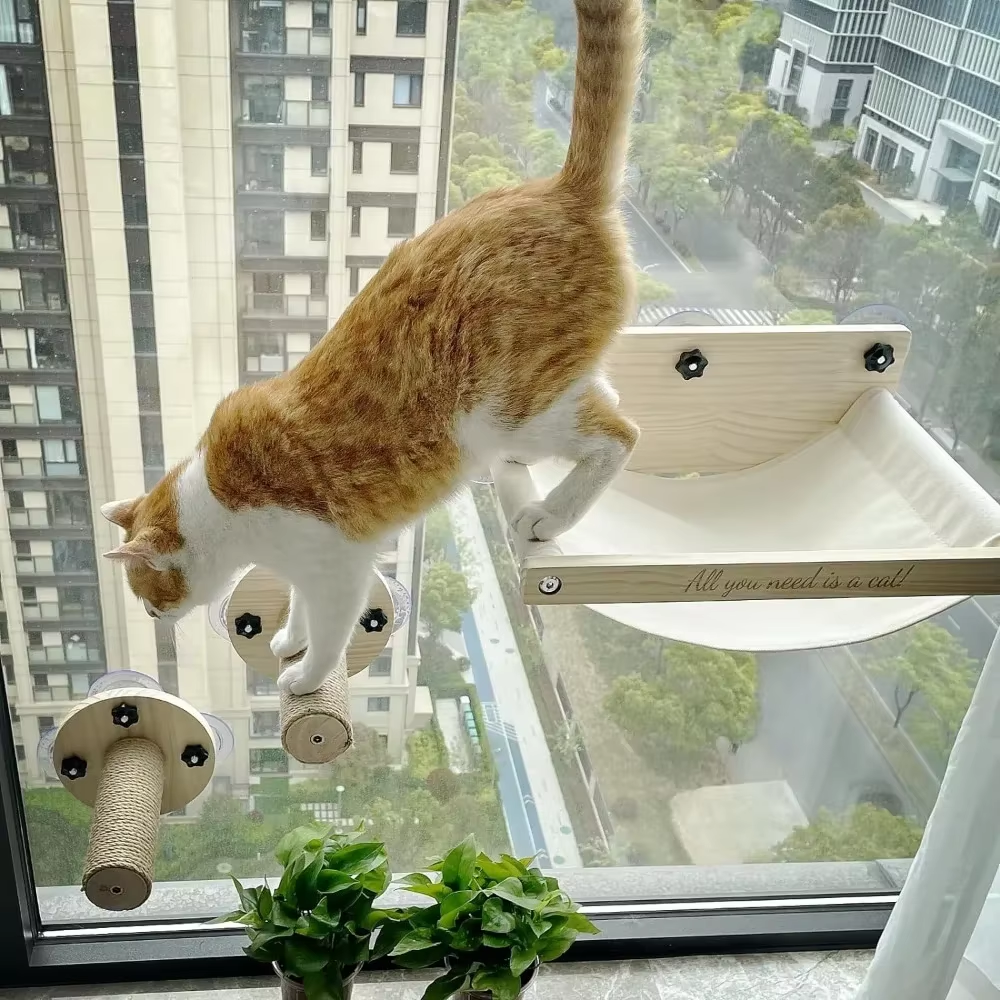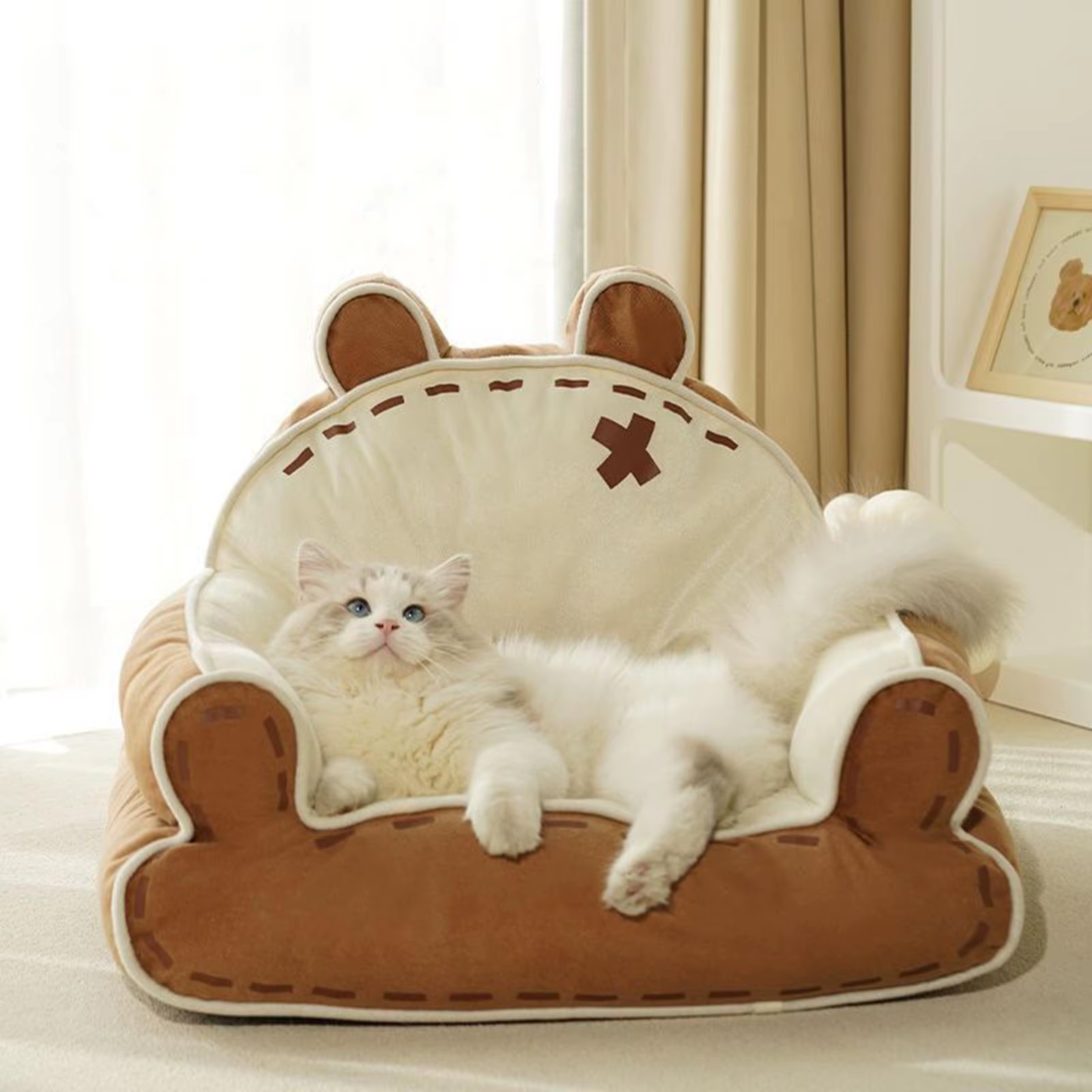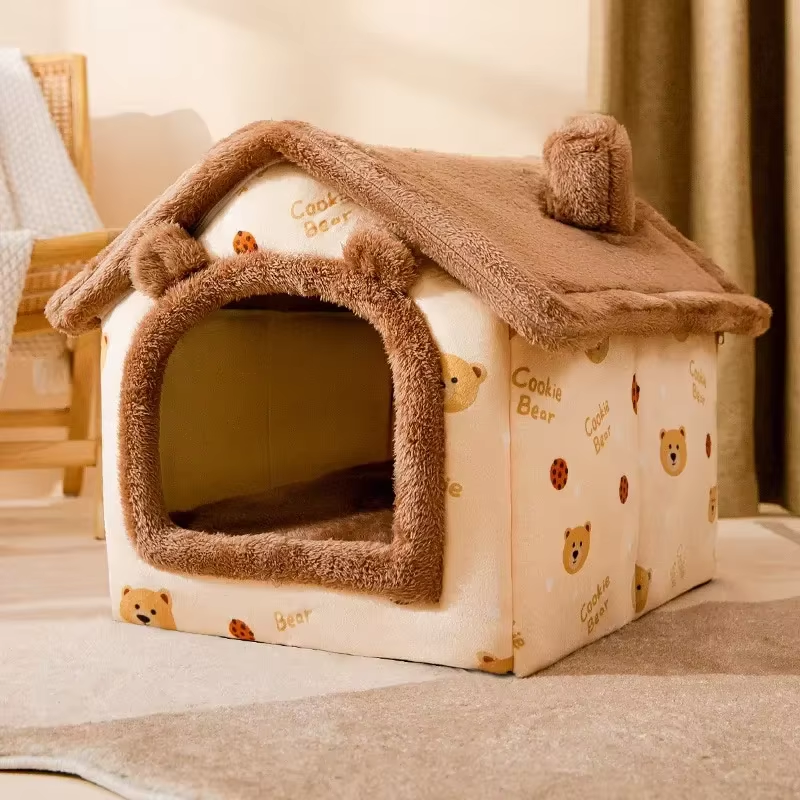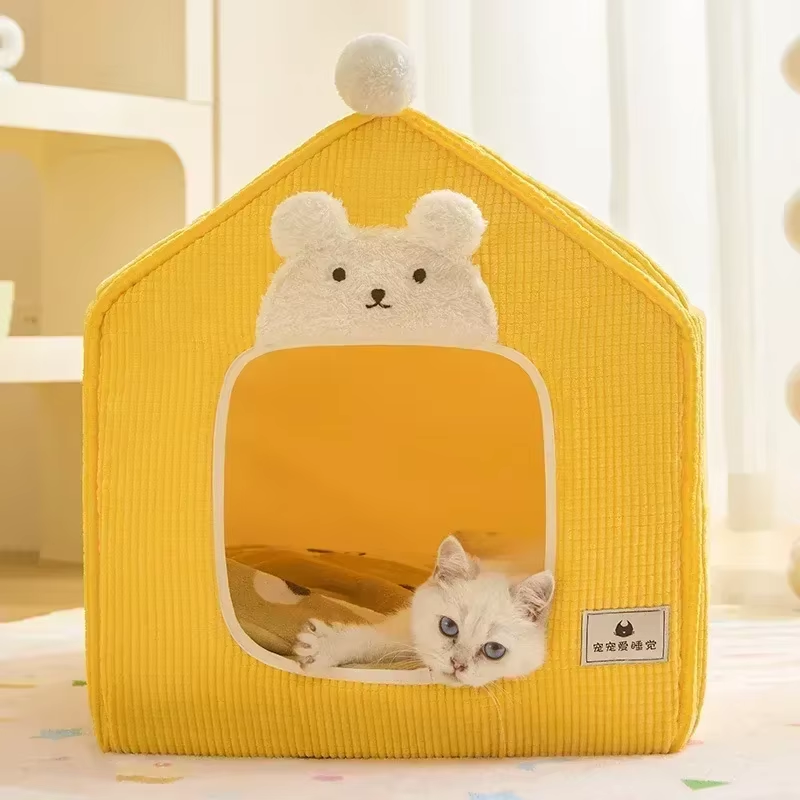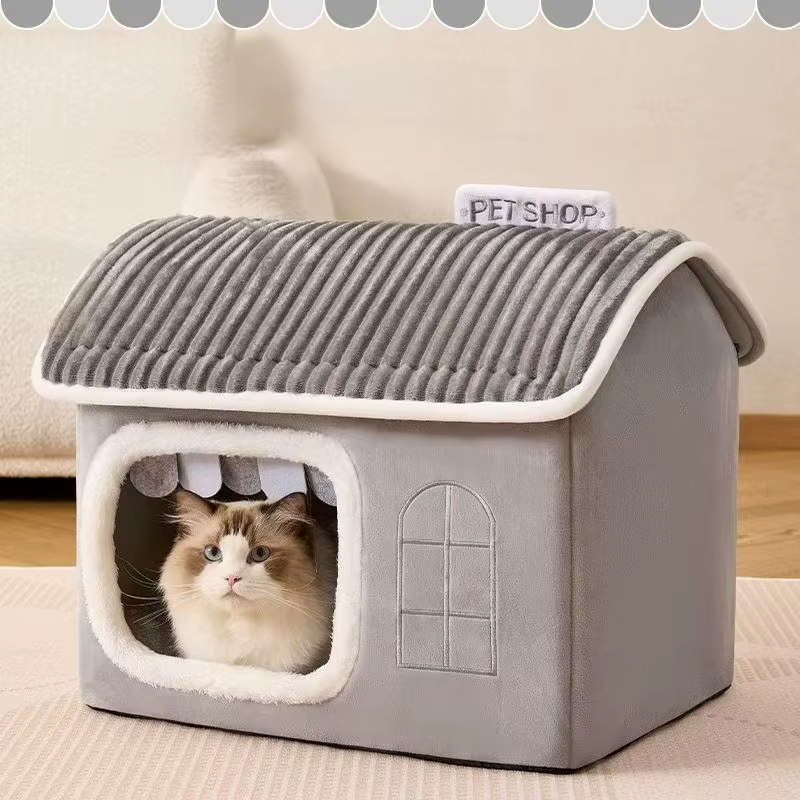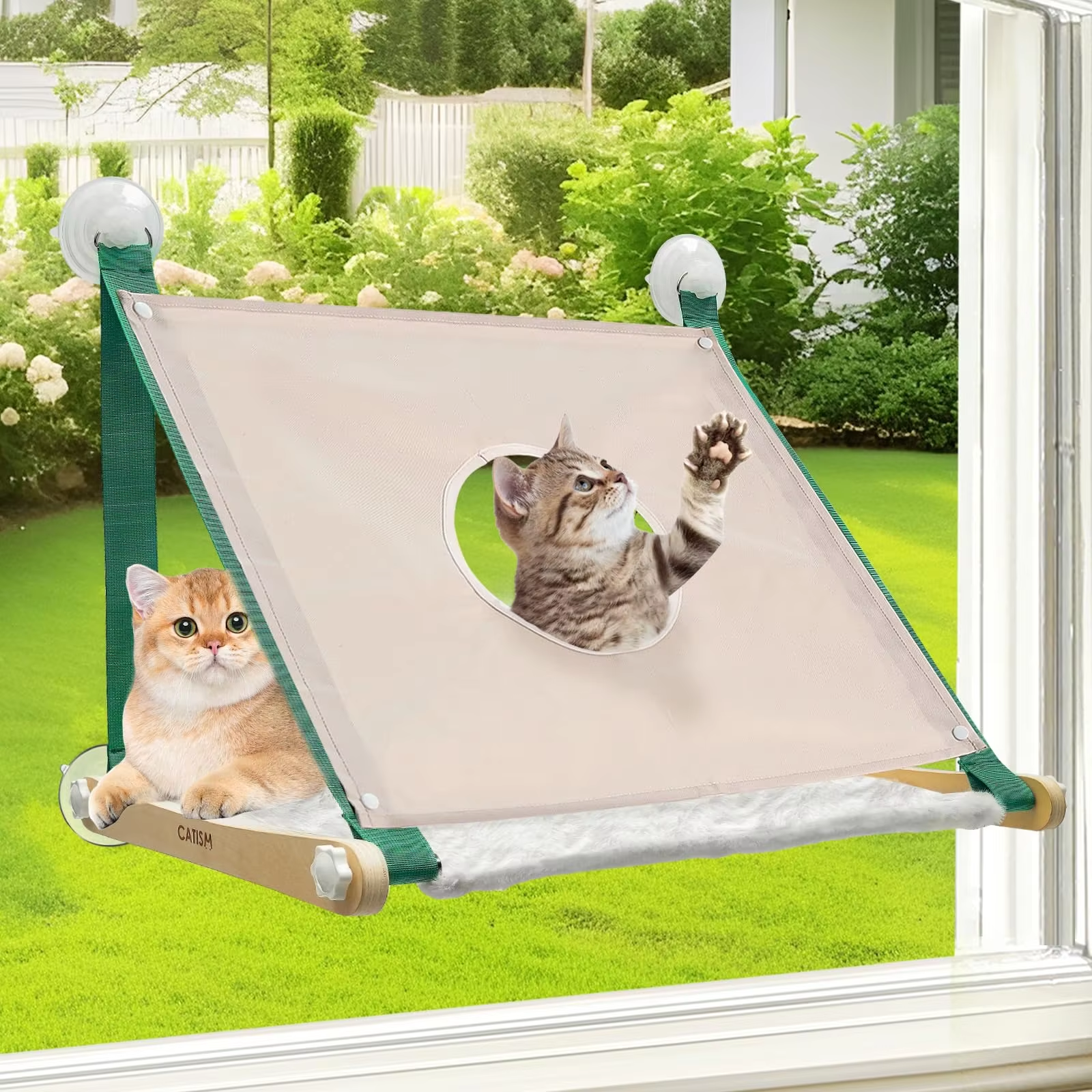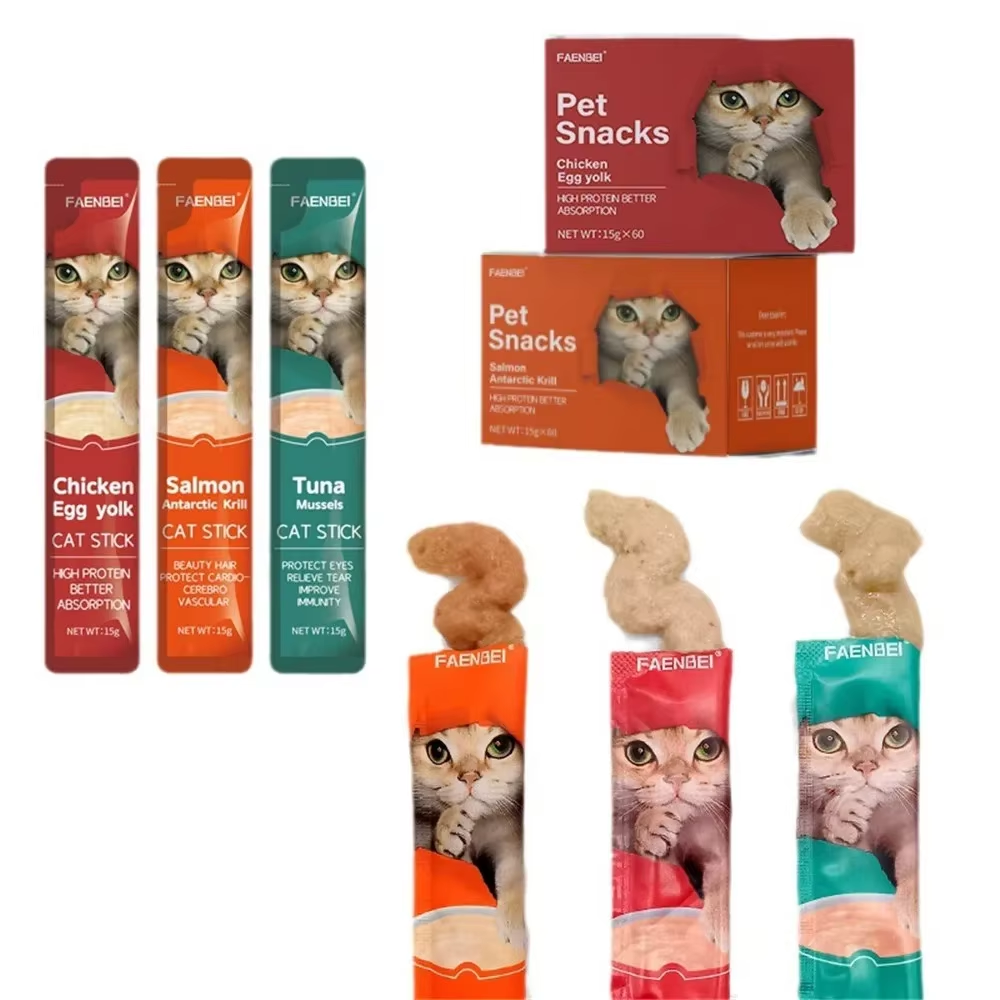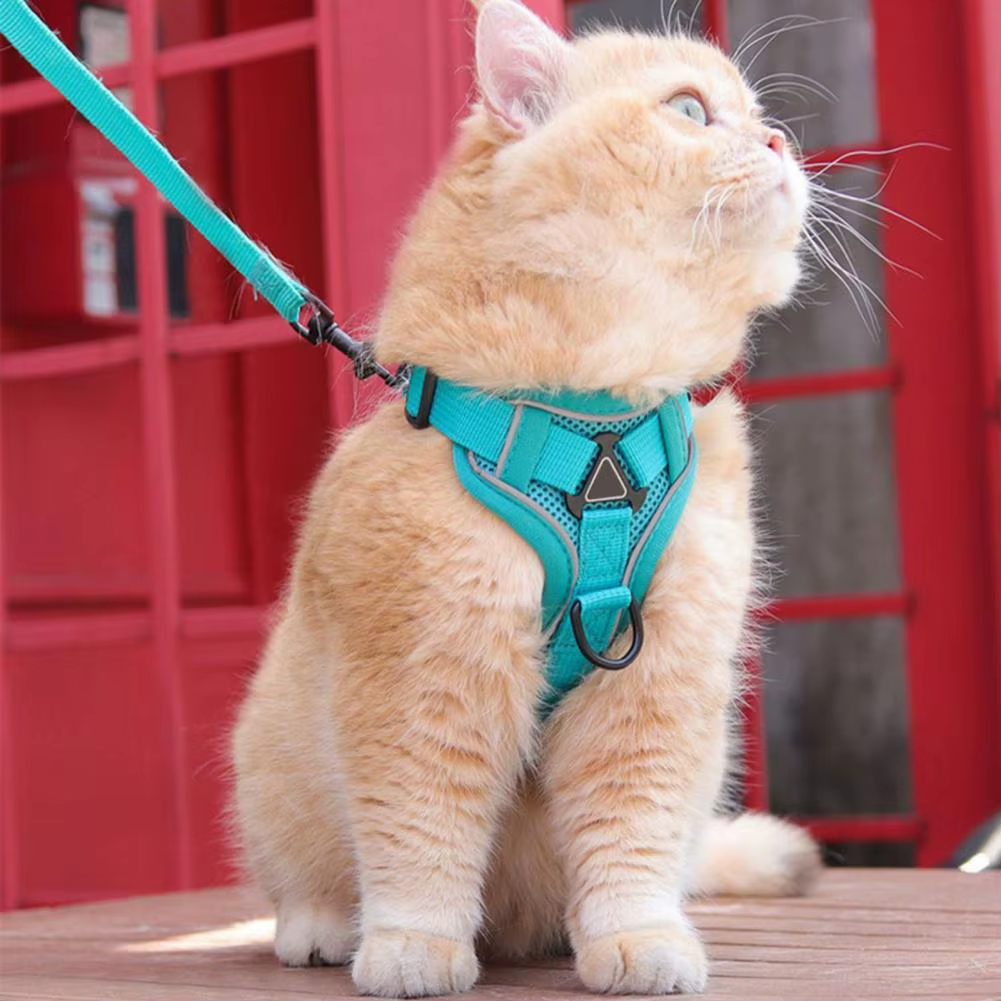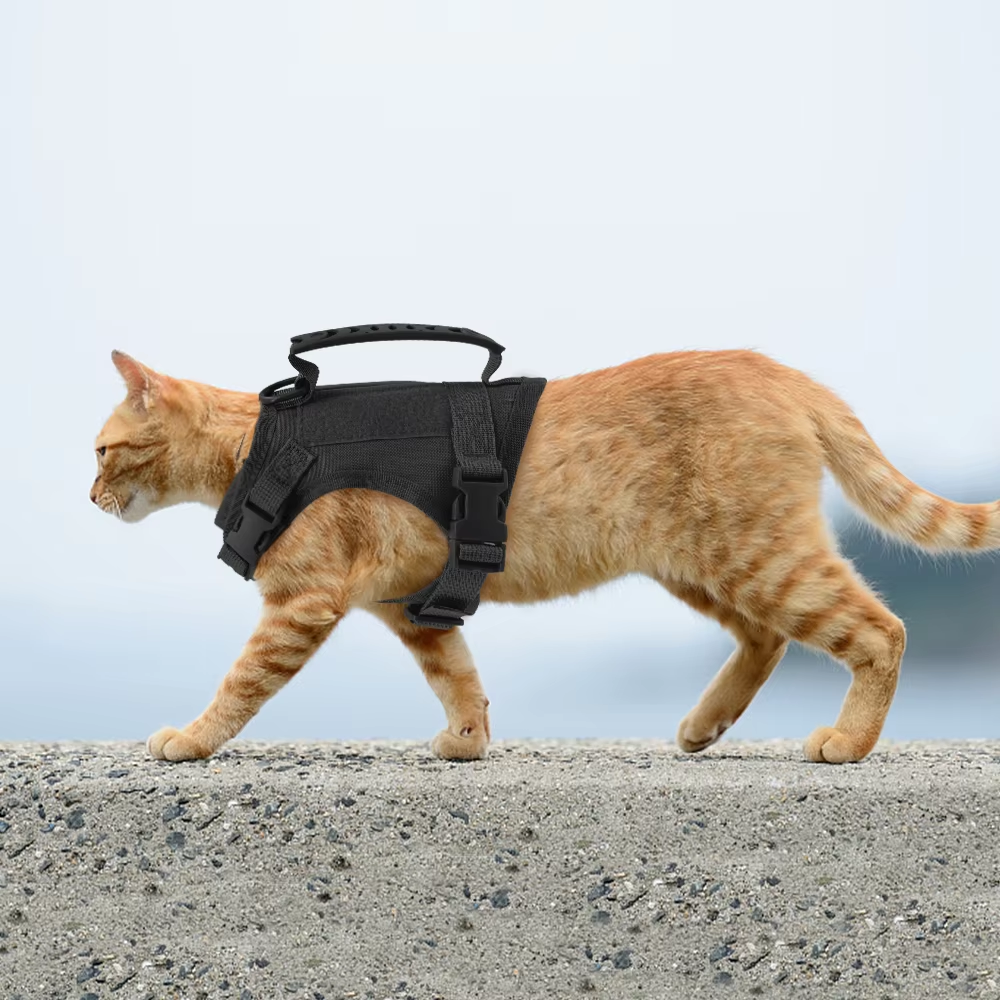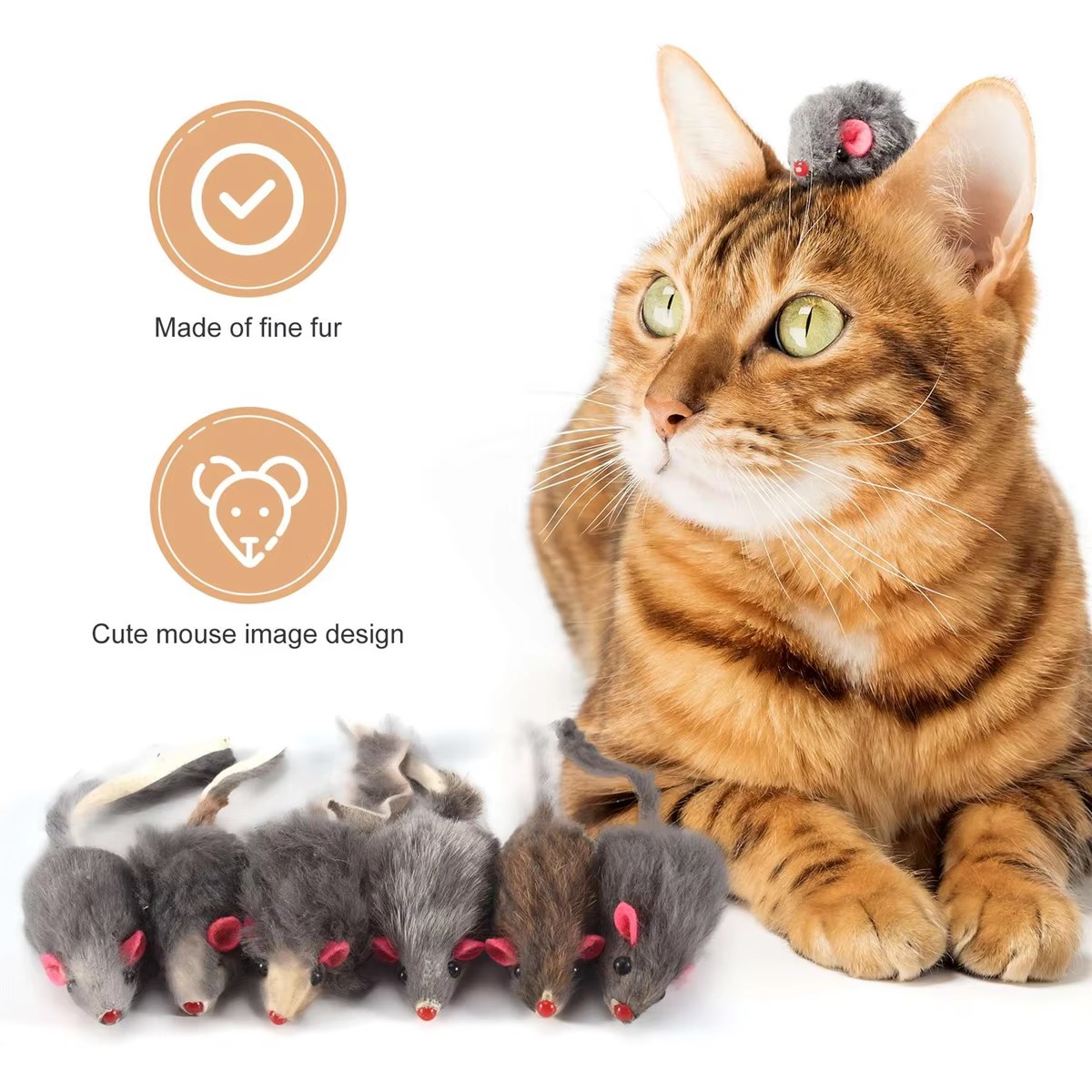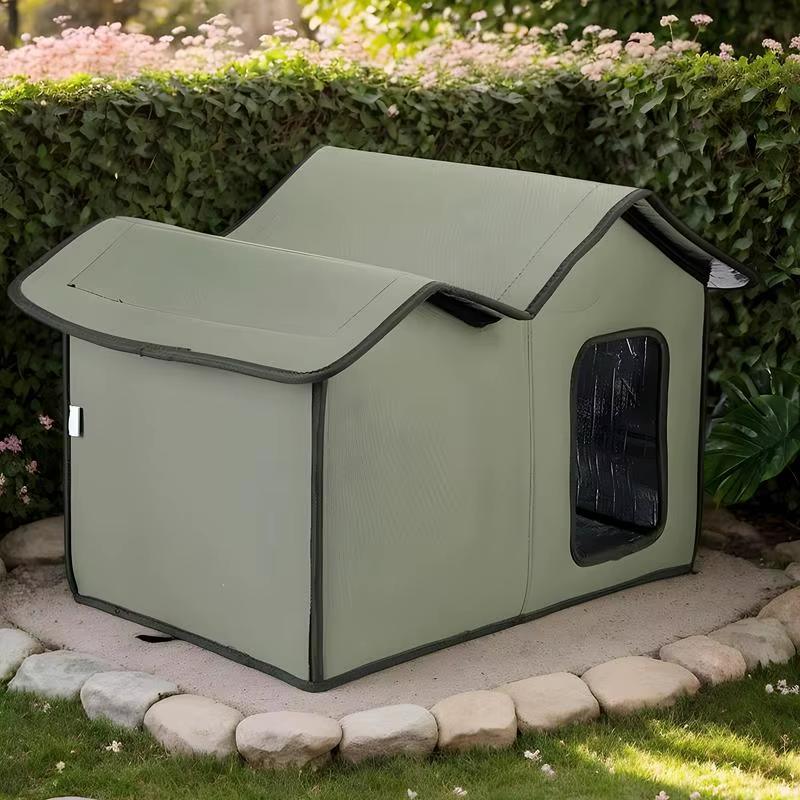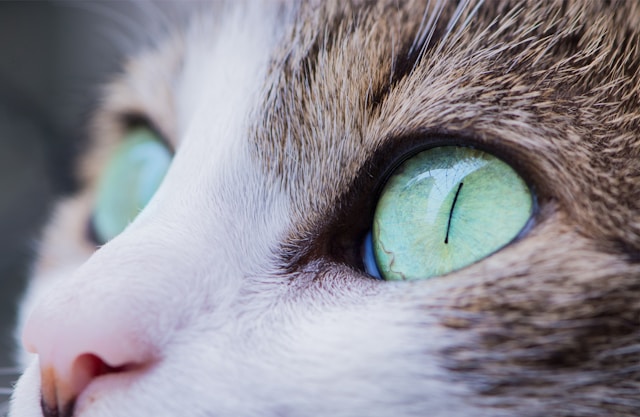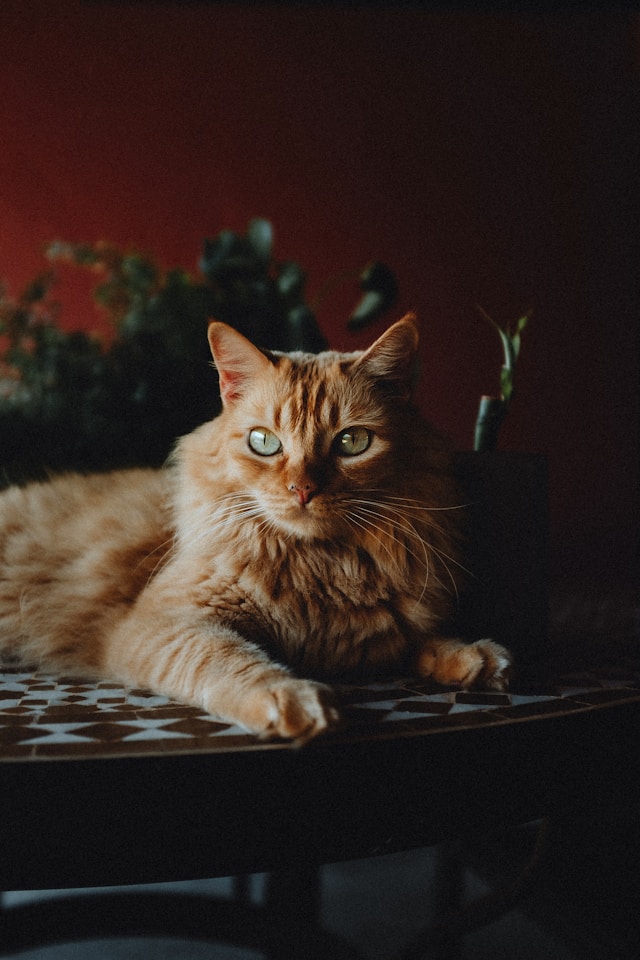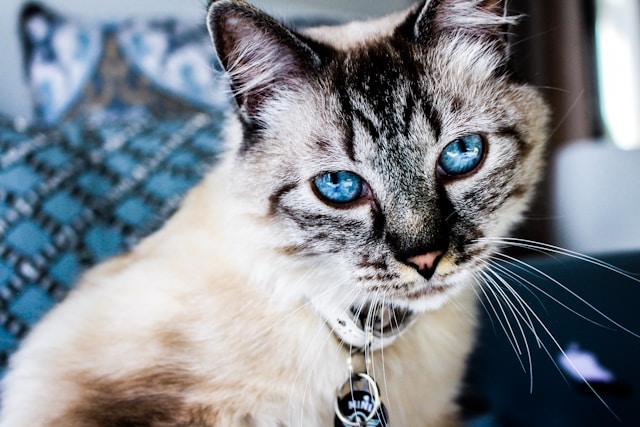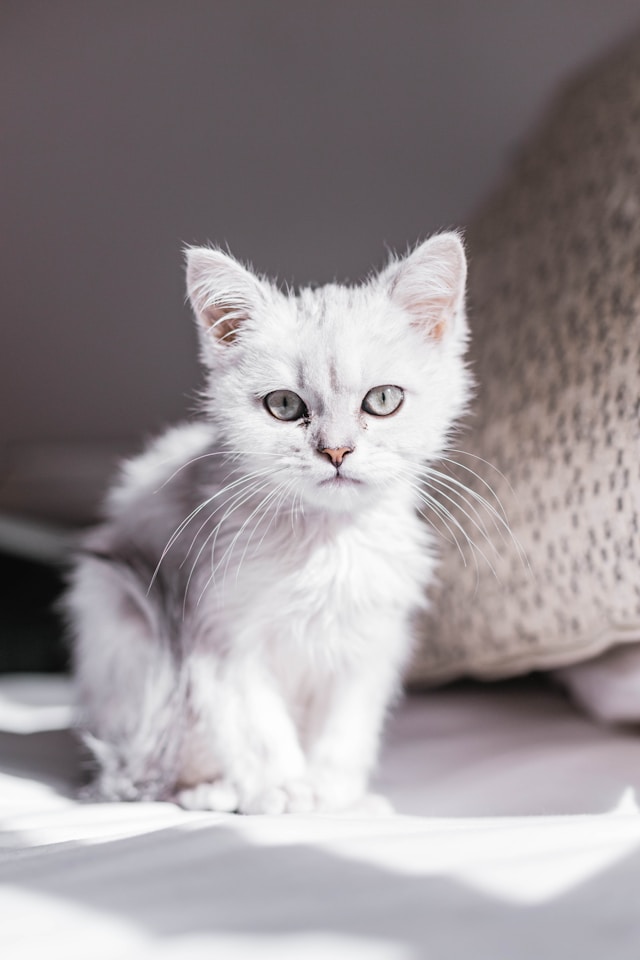
Cat Flea Treatment: The Ultimate Guide to Winning the Battle Against Fleas
Fleas are a common and frustrating problem for cat owners. These tiny parasites don’t just cause itching and discomfort for your feline friend; they can also transmit diseases and create infestations in your home. Understanding effective flea treatment and prevention is essential for maintaining your cat’s health and happiness. This comprehensive guide will equip you with the knowledge and strategies to tackle flea infestations head-on, covering everything from identifying the signs of fleas to choosing the right treatment and implementing preventative measures.
Imagine your cat, sleek and content, free from the constant irritation of fleas. No more scratching, no more biting, just a happy, healthy feline enjoying life to the fullest. Achieving this flea-free state is entirely possible with the right approach to treatment and prevention. This article will serve as your roadmap to understanding the flea life cycle, recognizing the telltale signs of an infestation, and navigating the various treatment options available, empowering you to take decisive action and protect your beloved cat.
Winning the battle against fleas requires a multi-pronged strategy, combining effective treatment with diligent prevention. We’ll explore the pros and cons of various flea treatments, including spot-on treatments, oral medications, and collars, and we will also dive into vital environmental control measures to break the flea life cycle in your home. Get ready to arm yourself with the knowledge and tools to create a flea-free environment for your cat and your family.
Understanding the Flea Life Cycle: Know Your Enemy
To effectively combat fleas, it’s crucial to understand their life cycle. Fleas go through four stages: egg, larva, pupa, and adult. Adult fleas are the most visible stage, living on your cat and feeding on its blood. However, adult fleas only represent a small fraction of a flea infestation. The eggs, larvae, and pupae are often hidden in your cat’s bedding, carpets, and furniture, where they develop and eventually emerge as new adult fleas.
A single female flea can lay up to 50 eggs per day, leading to a rapid population explosion if left unchecked. The eggs hatch into larvae, which feed on organic debris and flea dirt (flea feces). These larvae then spin cocoons and become pupae, a stage that can remain dormant for weeks or even months. This is why simply treating your cat for adult fleas may not solve the problem. Effective flea control must target all stages of the life cycle to break the cycle of infestation.
Signs Your Cat Has Fleas: Recognizing the Itchy Truth
The most obvious sign of fleas is excessive scratching, biting, or licking, particularly around the head, neck, and base of the tail. You might also notice your cat becoming restless or agitated due to the constant irritation. Upon closer inspection, you may see « flea dirt, » which looks like tiny black specks (flea feces) in your cat’s fur, especially around the base of the tail or on their bedding.
To confirm a flea infestation, use a fine-toothed flea comb to groom your cat, paying close attention to the areas mentioned above. If you find live fleas or flea dirt, it’s time to take action. In some cases, you might also see hair loss, redness, or scabs on your cat’s skin, particularly if your cat is allergic to flea saliva. Don’t ignore these signs. Early detection and intervention are crucial for preventing a full-blown infestation.
Cat Flea Treatment Options: Choosing the Right Weapon
A variety of flea treatment options are available, each with its own advantages and disadvantages. Spot-on treatments, applied topically to your cat’s skin (usually between the shoulder blades), are popular due to their ease of use and long-lasting effectiveness. These treatments typically kill adult fleas and may also disrupt the flea life cycle by preventing eggs from hatching or larvae from developing.
Oral medications, given as pills or liquids, work systemically to kill fleas that bite your cat. Some oral treatments target adult fleas, while others focus on interrupting the flea life cycle. Flea collars, another option, release insecticides that kill or repel fleas. However, they may not be as effective as spot-on treatments or oral medications and can sometimes cause skin irritation. It is crucial to consult with your veterinarian to determine the safest and most effective option for your cat, especially if you have a kitten, a pregnant or nursing cat, or a cat with underlying health conditions.
Spot-On Treatments: Topical Protection for Your Cat
Spot-on treatments are a convenient and effective way to control fleas on your cat. These products typically come in small tubes or pipettes, and the liquid is applied directly to your cat’s skin, usually at the base of the neck or between the shoulder blades, where they can’t lick it off. Most spot-on treatments last for about a month, providing continuous protection against fleas.
Popular spot-on brands include Frontline, Advantage, and Revolution. These products often contain insecticides like fipronil, imidacloprid, or selamectin, which are effective at killing adult fleas. Some spot-on treatments also contain insect growth regulators (IGRs) like methoprene or pyriproxyfen, which prevent flea eggs from hatching and larvae from developing. Make sure to select a product specifically designed for cats and follow the instructions carefully, paying attention to the dosage based on your cat’s weight.
Oral Flea Medications: Systemic Defense Against Fleas
Oral flea medications offer another effective way to combat fleas. These medications are typically given monthly and work by killing adult fleas that bite your cat. Some oral medications, like Comfortis (spinosad), start killing fleas within 30 minutes of administration. Others, like Capstar (nitenpyram), provide rapid but short-term flea control, killing adult fleas within hours.
Program (lufenuron) is another type of oral medication, but it works differently. It’s an insect growth regulator (IGR) that doesn’t kill adult fleas but prevents flea eggs from hatching and larvae from developing. This effectively breaks the flea life cycle but should be used in conjunction with a product that kills adult fleas for immediate relief. Always consult your veterinarian before giving your cat any oral flea medication, as they can advise on the best product and dosage based on your cat’s individual needs.
Flea Collars: A Barrier Against Flea Infestations
Flea collars can be a useful addition to your flea control arsenal, but they are generally less effective than spot-on treatments or oral medications. These collars release insecticides that kill or repel fleas. Some collars only repel fleas, while others kill them on contact. Newer generation flea collars, like Seresto, offer long-lasting protection, releasing insecticides slowly over several months.
However, flea collars may not provide complete protection, especially if your cat has a heavy flea infestation. Some cats may also experience skin irritation or allergic reactions to the chemicals in the collar. If you choose to use a flea collar, make sure it’s specifically designed for cats, has a breakaway safety feature, and monitor your cat for any adverse reactions. It’s often best to use flea collars in conjunction with other flea control methods for optimal protection.
Environmental Control: Breaking the Flea Life Cycle in Your Home
Treating your cat for fleas is only part of the solution. To truly eradicate a flea infestation, you must also address the environment where your cat lives. This means targeting the flea eggs, larvae, and pupae that are hiding in your carpets, furniture, and bedding. Regular vacuuming is essential, paying particular attention to areas where your cat spends the most time.
After vacuuming, immediately dispose of the vacuum bag in an outside trash can to prevent any fleas from escaping back into your home. Wash your cat’s bedding, blankets, and any other washable items in hot water at least once a week. You may also consider using environmental flea control products, such as sprays or foggers, that contain insecticides and insect growth regulators (IGRs) to kill fleas in all stages of development. When using these products, always follow the instructions carefully and ensure your cat is not present in the area during treatment.
Natural Flea Remedies: Exploring Alternative Approaches
While natural flea remedies can be appealing, their effectiveness is often limited compared to conventional treatments. Some cat owners try using essential oils, such as lavender or eucalyptus, but these can be toxic to cats if not used correctly. Diatomaceous earth, a fine powder made from fossilized algae, is sometimes used to dehydrate and kill fleas, but it can be irritating to the lungs if inhaled.
Other natural methods include using a flea comb to remove fleas and flea dirt from your cat’s fur, and bathing your cat with a mild, cat-safe shampoo. While these methods can help reduce the number of fleas on your cat, they are unlikely to eliminate an infestation on their own. If you choose to explore natural remedies, always consult with your veterinarian first to ensure they are safe and appropriate for your cat. In many cases, natural remedies are best used as supplementary measures alongside proven conventional treatments.
Prevention: Maintaining a Flea-Free Zone
The best way to deal with fleas is to prevent them from infesting your cat and your home in the first place. Regular use of a veterinarian-approved flea preventative, whether it’s a spot-on treatment, oral medication, or a combination of methods, is crucial for year-round protection. Even indoor cats can be at risk, as fleas can be brought into the home on clothing or by other pets.
Maintaining a clean home environment is also vital for flea prevention. Regular vacuuming, washing bedding in hot water, and keeping your yard tidy (if your cat goes outdoors) can help minimize the risk of fleas taking up residence. By being proactive and consistent with your flea prevention efforts, you can save your cat from the discomfort of flea bites and protect your home from infestation. Remember, a multi-faceted approach is the most effective way to maintain a flea-free zone for your feline friend.
Conclusion: A Flea-Free Future for Your Cat
Dealing with fleas can be a challenge, but by understanding the flea life cycle, recognizing the signs of infestation, and employing a combination of effective treatment and prevention strategies, you can win the battle against these pesky parasites. Remember that your veterinarian is your best resource for choosing the safest and most appropriate flea control products for your cat. By working together and staying vigilant, you can create a flea-free environment where your cat can thrive, happy and itch-free.
Don’t let fleas rob your cat of its comfort and well-being. Take action today to protect your feline companion and enjoy the peace of mind that comes with knowing you’re providing the best possible care. A flea-free future is within reach, and your cat will thank you for it!
FAQ (Frequently Asked Questions)
1. How quickly do flea treatments work?
The speed of flea treatments varies. Some oral medications, like Capstar, kill adult fleas within hours, while spot-on treatments may take up to 24-48 hours to eliminate fleas. Insect growth regulators (IGRs) work over time to prevent eggs from hatching and larvae from developing.
2. Can I use dog flea products on my cat?
Never use dog flea products on cats. Some dog products contain ingredients, like permethrin, that are highly toxic to cats. Always use products specifically formulated for cats and follow the instructions carefully.
3. How often should I treat my cat for fleas?
Most flea treatments are applied monthly, but the frequency can vary depending on the product and your cat’s individual needs. Consult with your veterinarian to establish the best treatment schedule for your cat.
4. Are natural flea remedies effective?
Natural remedies may offer some relief but are generally less effective than conventional treatments. Some natural substances can also be toxic to cats. Always consult your veterinarian before using any natural flea remedies.
5. My cat is strictly indoors. Do I still need to worry about fleas?
Yes, even indoor cats can get fleas. Fleas can be brought into your home on your clothing, by other pets, or even by rodents. Year-round flea prevention is recommended for all cats, regardless of their lifestyle.
